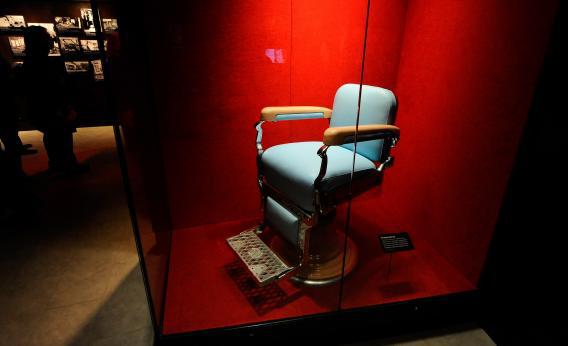Because the world is completely insane:
“The barber pole is the oldest sign in town besides the cross. It should not be displayed where there is not a licensed barber,” said Charles Kirkpatrick, of Arkansas, a barber since 1959 who keeps tabs on such legislation for the National Association of Barber Boards of America.
For many, the only real difference between a barber and hairstylist is the clientele they serve. But barbers say the tools of their trade and unique services they provide make them different, and that laws are needed to prevent beauty parlors, salons and other establishments from passing themselves off as barbershops, including chain shops that bear the barber name and logo but don’t have a single licensed barber on site.
The nominal issue here is that in some places a licensed barber—and only a licensed barber—is authorized to perform shaves with a straight-razor, while barbers are often prohibited from doing manicures, hair coloring, and other salon type services. It’s of course natural that both individuals and firms would exhibit some degree of specialization, but the idea that this all needs to be regulated as an elaborate caste system is pretty silly. Needless to say, even if we didn’t have any barber-specific regulations making a false representation that you’re trained in the use of a straight-razor and then injuring your client is going to subject you to a lot of legal liability and rightly so.
